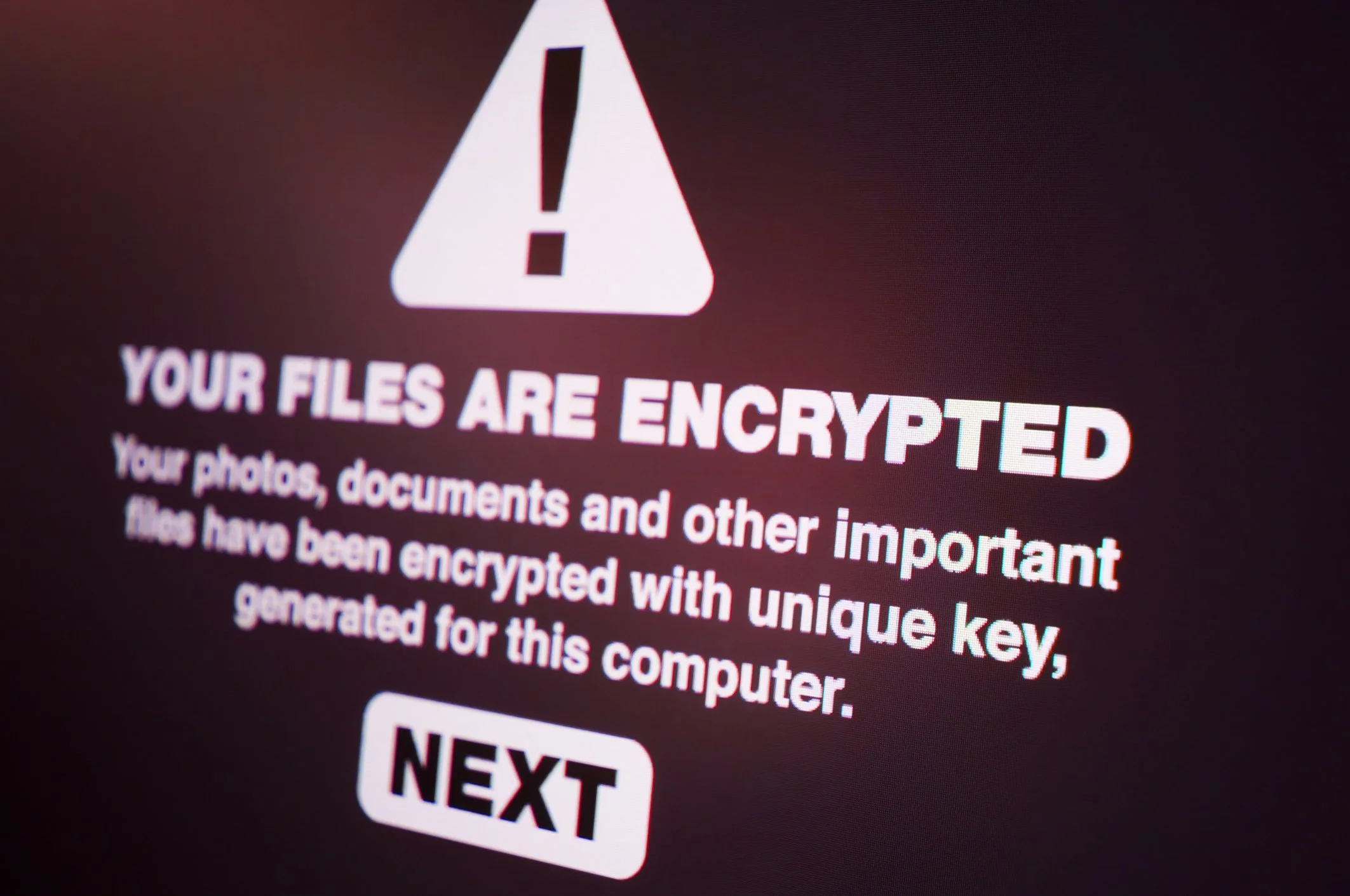Distribution Lists and Shared Mailboxes
With email systems, especially on-premise and Hosted Exchange as well as Office 365, it is often necessary to use a single email address to represent a workgroup in your organization. But what are the options to make this happen?
Distribution List - in very simple circumstances a legacy method to get email to several users is the distribution group. The distribution group is made up of the members of the workgroup, and an email address is used to publicly represent this group. When outside users send to this email address, a copy of that email is dropped into each individual user’s mailbox with the handling of that email controlled within their mailbox.
Shared Mailbox - a shared mailbox is a separate mailbox to which the workgroup users are granted access, and the access rights can be varied from full control to read-only. In this way the public email address retains a single copy and the email handling can be controlled by a workgroup manager. In many cases subfolders are created such as “Completed”, “Pending”, “for Decision”, etc. based upon the workflow.
Shared mailboxes have some advantages:
Access permissions can be applied for each mailbox user
Email handling is simplified, but is more flexible and can be based upon workflow
In environments where personnel turnover is an issue, control of email and access for new users is vastly simplified and does not vary user-by-user for the shared mailbox.
Shared mailboxes allow assigned users to “Send As” that public email address




